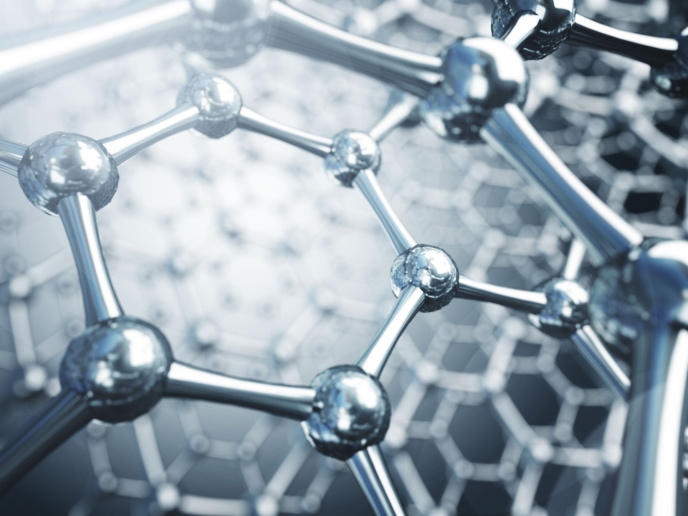Breakthrough research paves the way for next-generation MRAM devices
Computer hard drives, optical discs, flash memories and other devices are non-volatile memories, meaning that they can retain stored data even after power is removed. However, they are slow (especially for writing) and have scaling limitations. Magnetoresistive random-access memory (MRAM) is a type of non-volatile memory that uses magnetic states instead of the electrical charges to store bits. The technology demonstrates great potential for creating a universal memory, which is characterised by instant write capability, unlimited endurance and data retention.
Spin-orbit torque makes better MRAM devices
The next generation of MRAMs will be based on new spintronic mechanisms, which promise even faster operations and lower power consumption. Funded by the Marie Skłodowska-Curie Actions programme, the GRISOTO project explored how heterostructures built from 2D materials (graphene) and topological insulators could help induce spin-orbit torque in ferromagnets. Project leading researcher Regina Galceran explains: “Our goal is to control the magnetisation of a ferromagnet, which determines whether a memory device is switched on or off, via the flow of a small electrical current. This is achieved by using a contiguous layer made of a material with strong spin-orbit coupling.” When an electron with a misaligned moment passes into the ferromagnet, the mismatch (misalignment) gives rise to a small twisting force – a torque. A large current can generate a torque big enough to change the bulk magnetisation direction of the ferromagnet. The ability to control the magnetisation switching (parallel to anti-parallel spin alignment) by these spin-transfer torques is being leveraged in next-generation MRAM devices. Promising materials producing large spin-orbit torques include transition-metal dichalcogenides and topological insulators, but their performance is limited by alloy diffusion at the interface with the ferromagnet.
Graphene as a promising platform for spin-based phenomena
To tackle this challenge, GRISOTO explored the benefits of introducing a graphene layer between the ferromagnet and the material with large spin-orbit coupling. Owing to its small spin-orbit coupling, graphene helps preserve electron spin coherence for a long time. Combining both materials has been predicted to give rise to unique proximity-induced spin-orbit phenomena that may be used for spin current control. “Direct growth of graphene into the substrates through chemical vapour deposition (CVD) requires optimisation of each substrate. In our study, we simplified the process by transferring CVD-grown graphene on top of the topological insulator film,” notes Galceran. “We found that graphene protects the underlying surface of the topological insulator from oxidation. What’s more, it prevents atom intermixing at the ferromagnet-topological insulator interfaces that suppresses spin-orbit torques.”
How can MRAM technology benefit society
“A reliable way of switching the spin orientation in ferromagnets is critical for producing data storage devices, and eventually, logic circuits. Internet of Things applications and smart cities combine multiple technologies, real-time analytics, machine learning and embedded systems. A performance failure could result in catastrophic consequences – take, for example, autonomous vehicles,” says Galceran. “In these cases, logic circuits could benefit from the high endurance, write speed and power failure protection of spin-orbit torque MRAMs.” Spin-orbit torque MRAMs embedded in microprocessors would be a game changer for computing. They would not only provide the chance to retrofit established processor architectures with non-volatile memories, but also present an opportunity to rethink the way processor cores can be designed from the system level.
Keywords
GRISOTO, graphene, ferromagnet, MRAM, spin-orbit torque, topological insulator, magnetoresistive random-access memory



